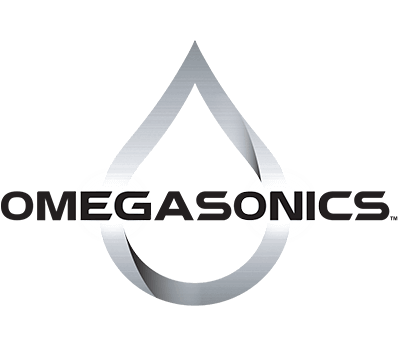When technical folks try to explain what ultrasonic cleaning is, you get some really technical explanations that no one outside of the industry frankly understands. Picture sound waves being pumped through water, generating cavitation bubbles that implode and remove dirt.
The smart engineering types talk about a cavitation bubble. They talk about rarefactions and defractions of bubbles in water created by waveform patterns. They talk about frequency of the waveform affecting cavitation sizes.
They might talk about the tensile strength of fluid and the need for more surfactants. They might even get sidetracked with different frequencies and their affect on cleaning. Scientific types love to talk about implosions versus explosions. It can all be pretty complicated and not really that necessary to understand.
Some will give you a simple explanation that it is a jewelry cleaner and most of us have either had jewelry or watches cleaned or heard of it. Most don’t know how it really works, but at least we have seen an ultrasonic unit in miniature form or seen its brilliant effect on a diamond ring.
The bottom line: ultrasound is analogous to putting a stereo system in water. You pump sound waves through water and magical things happen. Sound waves do create cavitation bubbles that clean. The bubbles hit the surfaces to be cleaned and implode (which is the opposite of explode). When the bubble implodes, there is a vacuum pressure release that sucks the dirt right off your parts.
What more do you really need to know or care about? Do you have any questions about ultrasonic cleaning?
